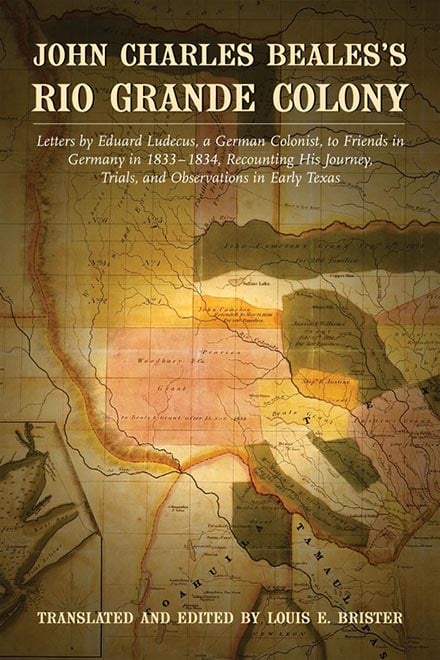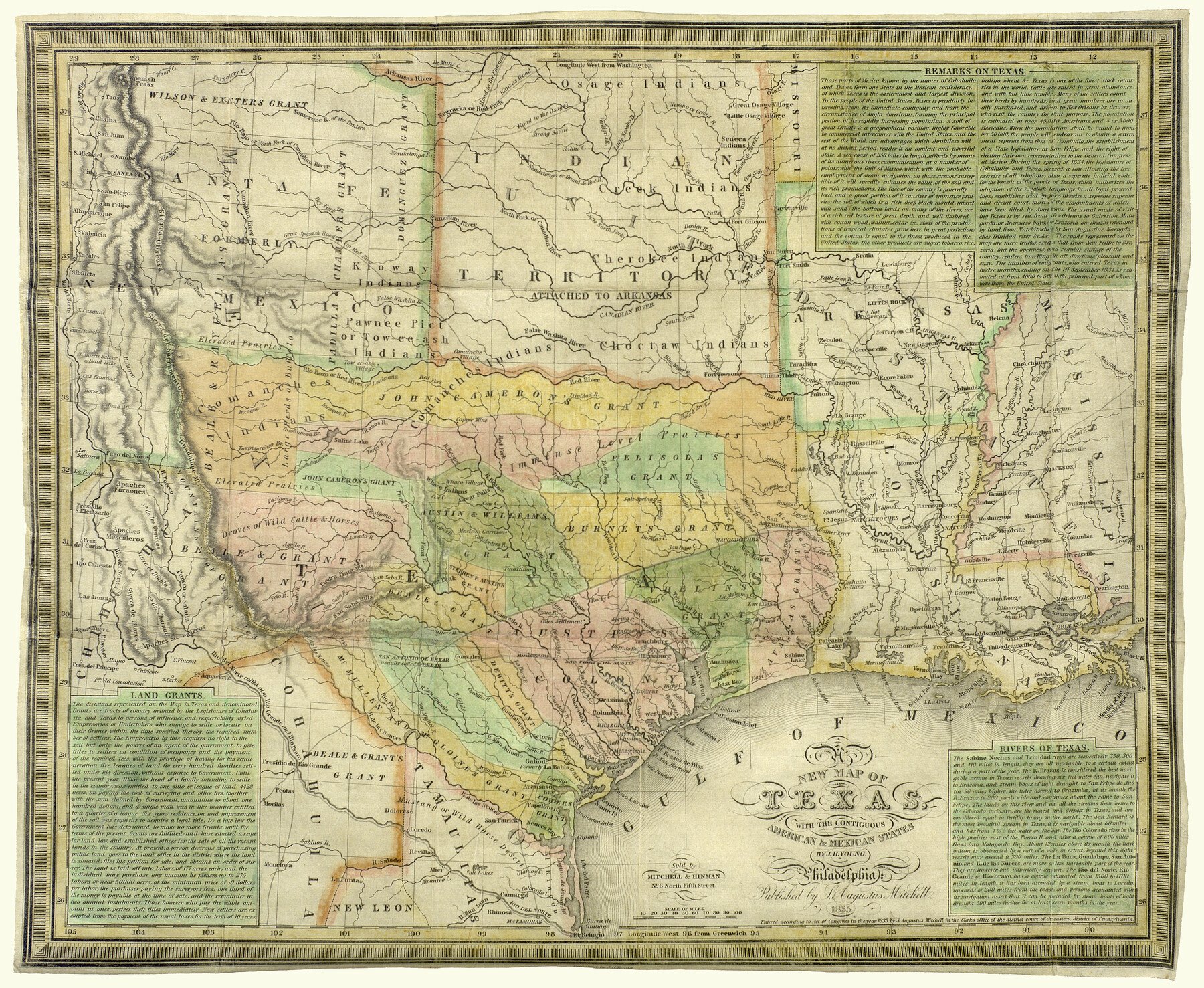John Charles Beales, speculator in Texas lands, the son of John Charles and Sarah (Waller) Beales, was born at Alburgh, Norfolk County, England, on March 20, 1804. Upon completion of a six-year course of study at St. George's Hospital, London, in 1826, he accepted appointment as company surgeon at a salary of $3,000 per year with the Tlalpujahua Mining Association, a British-backed venture in the Mexican state of Michoacán. After that company halted its operations in October 1828 Beales entered private practice in Mexico City, and he later served on the hospital staffs of the state of Mexico and of the Federal District. Before 1833 he gave up the practice of medicine to devote his time to promoting the development of several empresario contracts he acquired in the region north of the Rio Grande. He resumed medical practice in New York City in 1835 in partnership with Dr. William Barrow. For many years thereafter he was a medical examiner for the Eagle and Albion Life Insurance companies. He continued the practice of medicine until the 1870s.
On August 3, 1830, Beales married María Dolores Soto y Saldaña, the widow of Richard Exter, an English merchant and land speculator, who had left his widow and infant daughter his interests in two empresario contracts of 1826 and 1828 encompassing some 48 million acres in eastern New Mexico, the Texas and Oklahoma panhandles, and southeastern Colorado; Exter had held these contracts jointly with Stephen Julian Wilson. Beales and his wife had four children. Within weeks of his marriage Beales took over the management of these contracts for his wife and stepdaughter. In New York on April 27, 1831, he transferred their interests to the Arkansas and Texas Land Company.
After this, Beales entered the empresario sweepstakes on a grand scale and for his own account. In an eight-month period in 1832 he persuaded officials of the state of Coahuila and Texas to grant him and three different sets of partners three empresario contracts for an estimated 55 million acres of land north of the Rio Grande. The first of these, dated March 14, authorized Beales and José Manuel Royuela to settle 200 families on the same tract originally granted Stephen Julian Wilson in 1826. The second, issued on May 1, permitted the so-called Mexican Company (Beales and three Mexican partners) to locate 450 families on some 2 million acres in two parcels lying between the Colorado and Guadalupe rivers that had been granted to Green DeWitt in 1825 and Benjamin Rush Milam in 1826. The third, dated October 9, permitted Beales and Dr. James Grant to settle 800 families on 8 million acres in two separate tracts–one lying between the Rio Grande and the Nueces, the other including that portion of the 1826 grant to John Lucius Woodbury and Joseph Vehlein lying east of the 100th meridian.
In addition to his role in securing these empresario contracts, Beales appears to have masterminded the actions of his wife and eight other Mexican citizens, each of whom, on October 16–18, purchased in fee simple an eleven-league tract of "unoccupied land" in the Department of Monclova. In the week after acquiring title, each of the purchasers gave Beales a power of attorney granting him the authority to sell or transfer title to his respective purchase.
Armed with these authorizations and those of his partners in the empresario contracts, Beales again approached New York speculators. Between April 1833 and January 1835 he was intimately involved in the machinations of the directors of three land companies to which he sold his interests in the lands over which he had acquired control in 1832. To the New Arkansas and Texas Land Company, established in 1833, he ceded one-half of his interest in the Beales-Royuela grant; to the Rio Grande and Texas Land Company he deeded a large part of the Beales-Grant contract and the nine eleven-league purchases; and to the Colorado and Red River Land Company he transferred control over approximately one-half of the land in the Mexican Company contract lying between the Colorado and Guadalupe rivers. In addition he concluded agreements with a number of individuals, including John Woodward, to whom he passed title to some 4 million acres in different grants.
During the same period Beales spent much time and money recruiting colonists for a colonization project located between the Rio Grande and Nueces. In the end he was able to persuade fewer than 100 persons to settle at Dolores, the village named for his wife that he established in the area of present Kinney County on Las Moras Creek, some eighteen miles above its junction with the Rio Grande. Beales's attempt to plant a colony in that dry region came to an end when the colonists abandoned the site after the outbreak of the Texas Revolution.
From 1836 until his death Beales sporadically fought in the courts and the legislative halls of the United States and Texas to validate his claims to lands in Texas and adjoining states. For the most part, neither judges nor legislators looked favorably on his petitions or his suits. His heirs were able to salvage only a fraction of the millions of acres to which he once had laid claim. After his death their titles to the eleven-league purchases in Southwest Texas were upheld by the courts.
Beales's dreams of gaining great wealth from his land grants were not fulfilled. In the absence of his journals and financial records, it is impossible to estimate how much he received from the transfer of his interests to the land companies. The total must have been considerable, if, as reported, the Rio Grande and Texas Land Company paid him as much as $100,000 for a portion of his interests in several grants.
Beales was admitted to membership in the Royal College of Surgeons of England in 1839. In 1835 he had become a life member of St. George's Society in New York City and later served as its president. In 1847 he became a fellow of the New York Academy of Medicine. Described by a contemporary as one of the most handsome men he had ever seen, Beales, who stood about five feet eleven inches and weighed about 170 pounds, was described as a "tall, well-built specimen of an Englishman, fond of society, a giant in energy, and a Demosthenes in speech." He became a United States citizen on May 29, 1850, and died in New York City on July 25, 1878. His wife had died in 1873.












